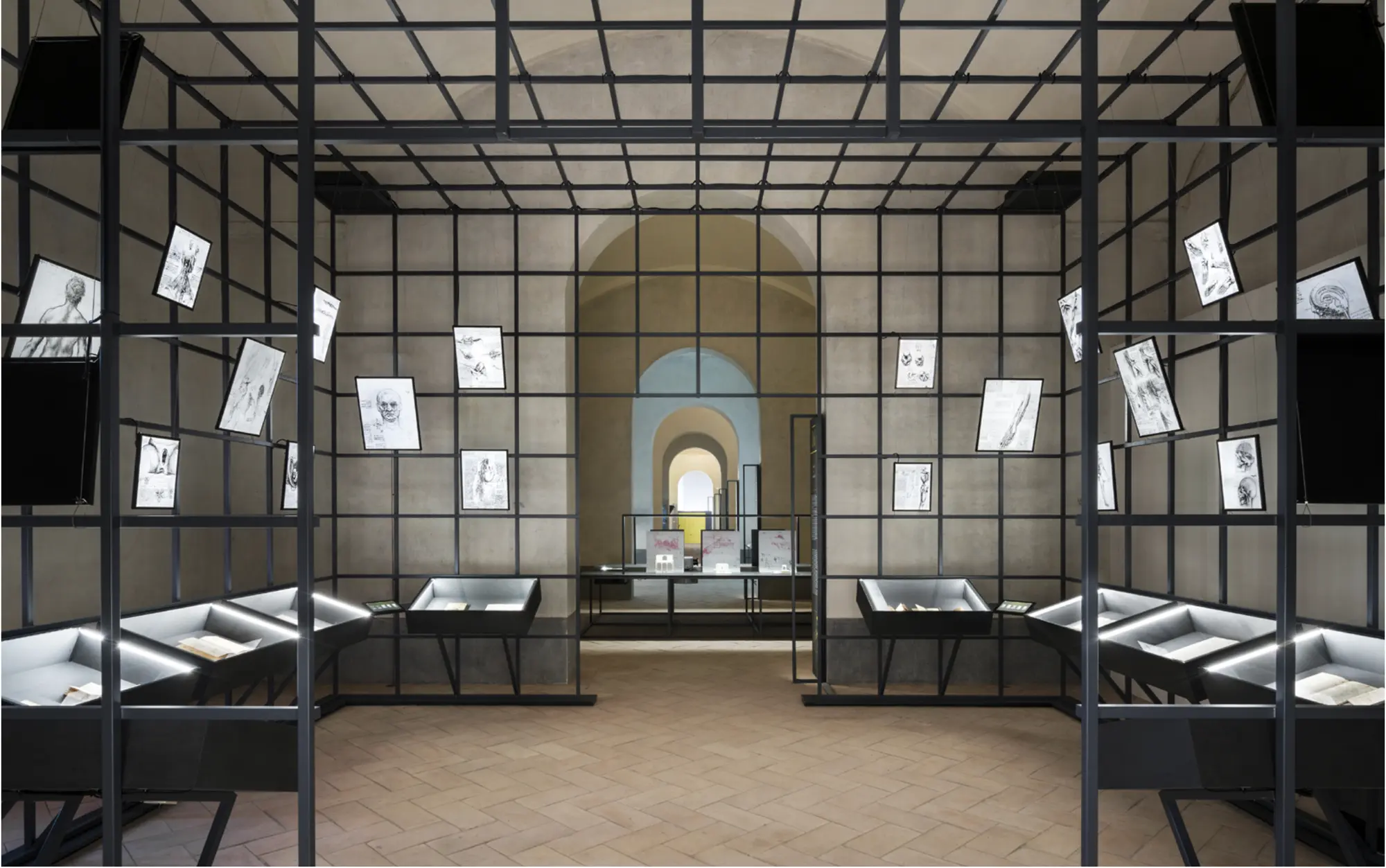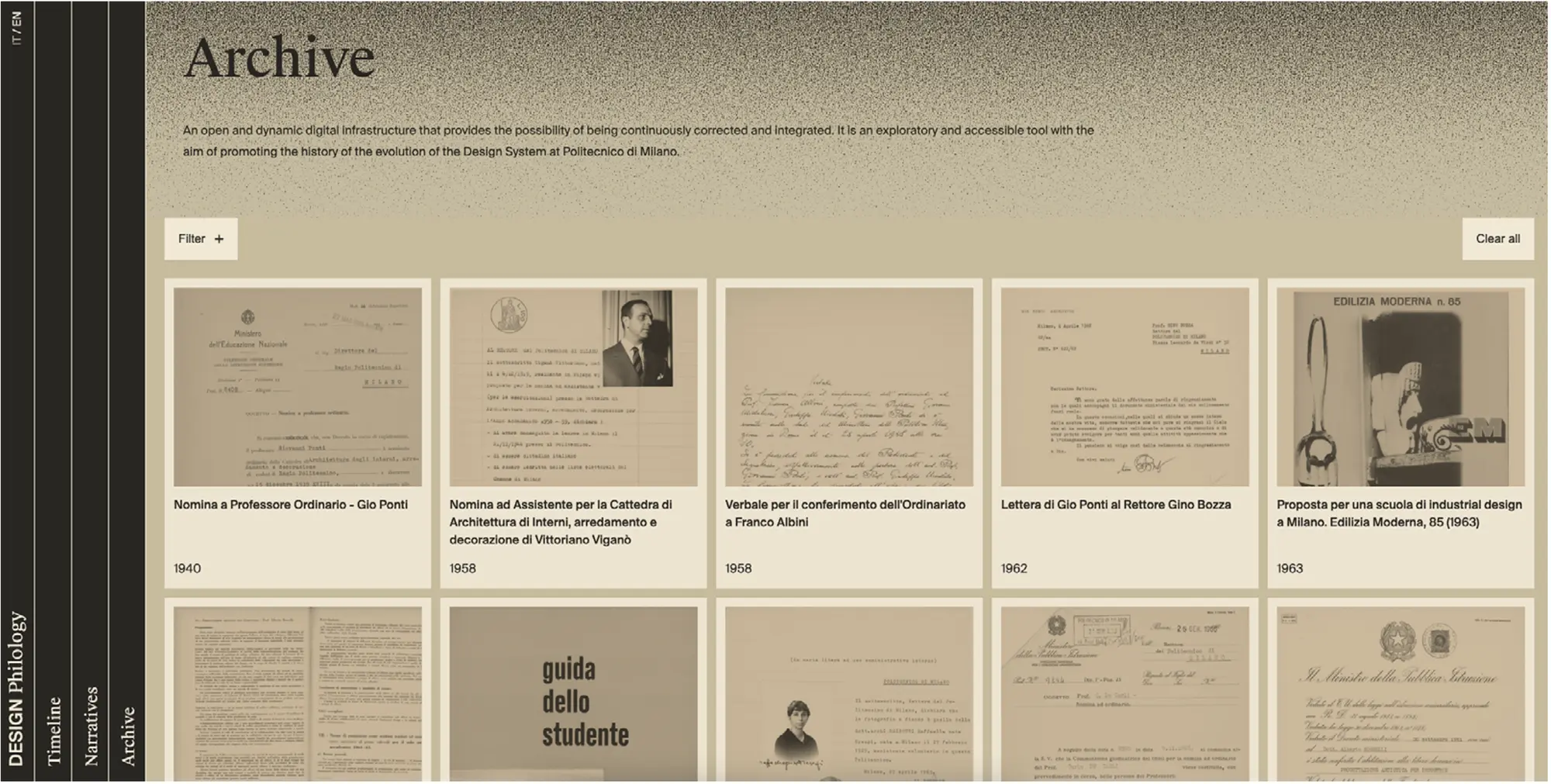The Design Challenges in Creative Systems – Theories, Methods, and Practices for Sustainability and Inclusion book is out
Edited by Paola Cordera and Raffaella Trocchianesi

Design Challenges in Creative Systems - Theories, Methods and Practices for Sustainability and Inclusion, edited by Paola Cordera and Raffaella Trocchianesi, explores the dynamic systems of creativity and culture across various design fields, with a particular focus on the themes of sustainability and inclusion.
It brings together theoretical reflections, case studies, methodologies, tools and original practices that demonstrate how design can contribute significantly to local development, community regeneration and the co-creation of cultural, economic and social value. In an era of profound transformation, production cycle crises, and pandemic-accelerated new habits, the book emphasises the pivotal role of digital technologies in redefining the relationship between designers, stakeholders, and the public, and in expanding the possibilities of interaction between the physical and virtual worlds.

Adopting a critical and multidisciplinary approach, the volume addresses the challenges of the Anthropocene — the current geological era characterised by the significant impact of human activities on planetary balances — by proposing approaches that enhance creative industries as engines of local development and active participation. The contributions collected here invite us to rethink accessibility, multiculturalism, and inclusion, as well as to reconsider the social and political positioning of the cultural system.
The volume aims to propose innovative models for cultural engagement and the development of more sustainable and inclusive communities through interdisciplinary collaboration and the adoption of design practices oriented towards systemic change.

Design Challenges in Creative Systems is one of the three volumes published within the Dipartimenti di Eccellenza – Design for Systemic Change project. Through this brief series of three collective volumes, the Department of Design showcases its transversal and synergistic research and presents a selection of European research projects aligned with the project’s objectives.